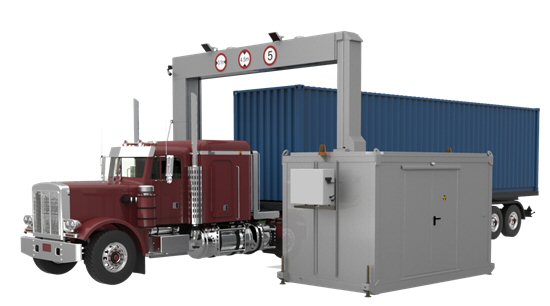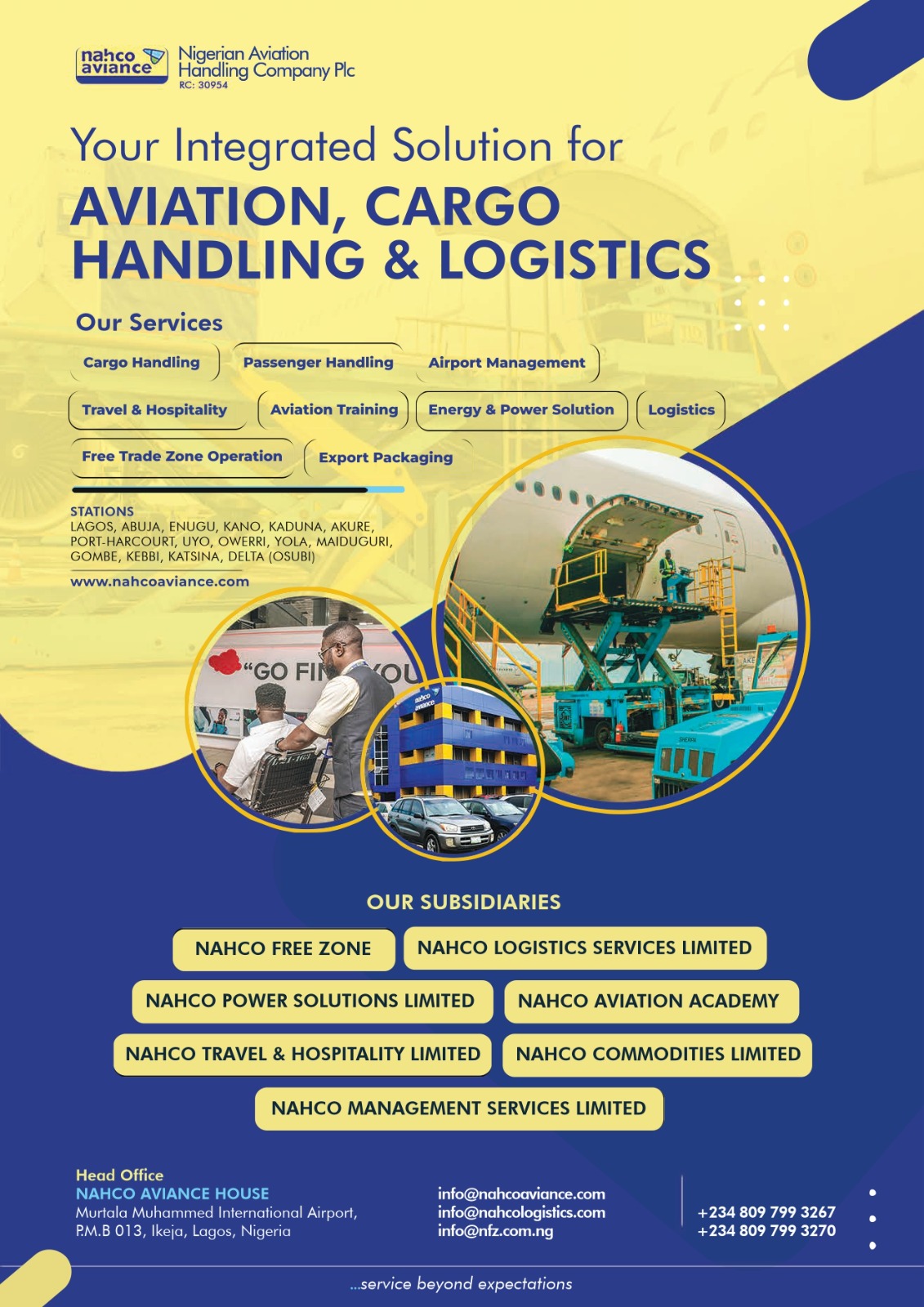The Nigeria Customs Service (NCS) on Thursday revealed that the new non-intrusive inspection (NII) regime (scanners) set to commence operations at the nation’s ports and border points will be handling 400 containers on a daily basis.
Addressing stakeholders on Thursday in Lagos during a sensitisation meeting held with port stakeholders ahead of the commencement of container scanning at the ports, Assistant Comptroller General of Customs on Modernisation and ICT, Saidu Galadima explained that the scanners will have four hours of rest every day.
According to the Customs ACG, “This sensitisation is very key to the success of the non-intrusive technology that Customs is set to commence at the ports. The management of the NCS has directed us to come and sensitise stakeholders on the flow of how the new regime will work.
“The essence behind the new technology is based on trade facilitation. Only compliant traders will celebrate. If you are compliant enough, you won’t have any contact with any Customs officer. Cargoes will be released without anybody needing to go to any Customs office.
“All activities will start after the scanning process has been completed. When the vessels berth, the containers will be scanned before they are taken to the stacking area where cargo declarations will start. All the scanning processes would have been completed before agents make their declarations.
“On who will be managing the scanners, we have qualified Customs officers who will be manning them. Although, the manufacturer, under our agreement with them, will station their technical personnel to oversee the running of the scanners, which are brand new; our officers have been trained to man those scanners.”
“On capacity, the scanners will scan 400 containers daily with four hours to rest. For every 20 feet container, the scanner will take an average of 35 seconds each to scan. For every 40ft container, the scanners will scan them at an average of 55 seconds each.
“The scanners have been configured into our NICIS 2 platform. During image analysis, clearing agents won’t have any business there. The image analysis area will be a ‘no go’ zone for agents. The scanning area will be a controlled area. We won’t allow people loitering there.
“For physical examination, we aim to ensure that the scanning percentage will be higher than the number of containers that will be subjected to physical examination.
“We all have to make it work. If agents decide to cut corners, they will bear the cost of delay associated with a physical examination. So, being compliant will benefit all of us.
“The scanning will be run on the shift of morning, afternoon and perhaps night, depending on the flow of business.”













